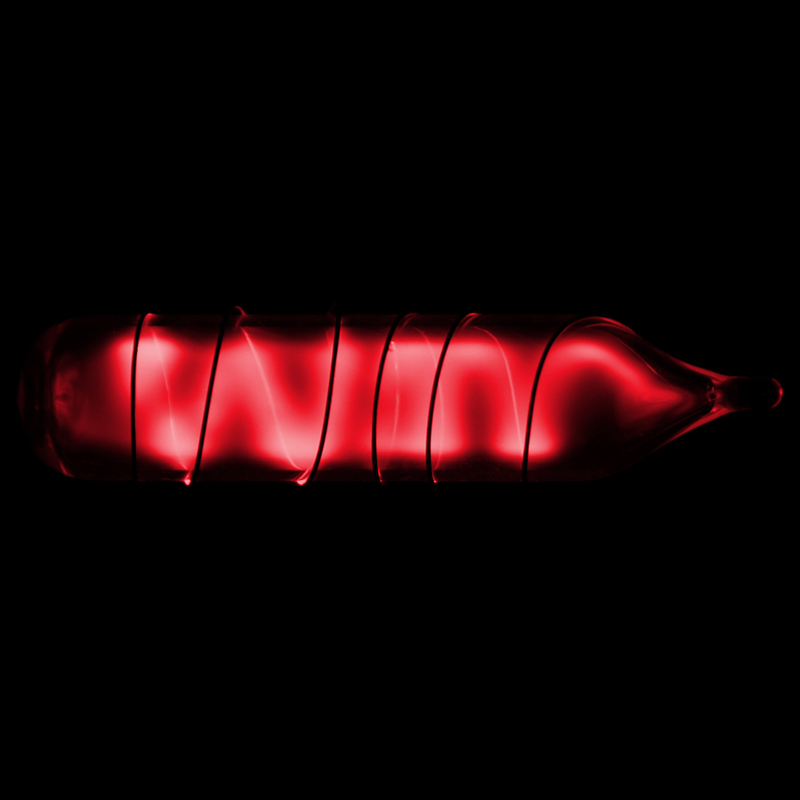Radon
86
Rn
Grup
18
Periyot
6
Blok
p
Protonlar
Elektronlar
Nötronlar
86
86
136
Temel Özellikleri
Atom numarası
86
Atom ağırlığı
[222]
Kütle Numarası
222
Kategori
Soygaz
Renk
Renksiz
Radyoaktif
Evet
The name was derived from radium; called niton at first, from the Latin word nitens meaning shining
Kristal yapısı
yok
Tarihi
Radon was discovered in 1900 by Friedrich Ernst Dorn in Halle, Germany.
He reported some experiments in which he noticed that radium compounds emanate a radioactive gas.
In 1910, Sir William Ramsay and Robert Whytlaw-Gray isolated radon, determined its density, and determined that it was the heaviest known gas.
He reported some experiments in which he noticed that radium compounds emanate a radioactive gas.
In 1910, Sir William Ramsay and Robert Whytlaw-Gray isolated radon, determined its density, and determined that it was the heaviest known gas.
Enerji seviyesi başına Elektronlar
2, 8, 18, 32, 18, 8
Elektron dizilimi
[Xe] 4f14 5d10 6s2 6p6
Upon condensation, radon glows because of the intense radiation it produces
Fiziksel Özellikleri
Faz
Gaz
Yoğunluk
0,00973 g/cm3
Ergime noktası
202 K | -71,15 °C | -96,07 °F
Kaynama noktası
211,3 K | -61,85 °C | -79,33 °F
Ergime ısısı
3 kJ/mol
Buharlaşma ısısı
17 kJ/mol
Isı kapasitesi
0,094 J/g·K
Dünya kabuğundaki bulunulabilirliği
yok
Evrendeki bulunulabilirliği
yok

CAS Numarası
10043-92-2
PubChem CID Numarası
24857
Atom Özellikleri
Atom yarıçapı
120 pm
Kovalent yarıçapı
150 pm
Elektronegatifliği
-
İyonlaşma enerjisi
10,7485 eV
Atomik Hacim
50,5 cm3/mol
Isıl iletkenlik
0,0000364 W/cm·K
Yükseltgenme seviyeleri
2, 4, 6
Uygulamalar
Radon is used in hydrologic research that studies the interaction between ground water and streams.
Radon has been produced commercially for use in radiation therapy.
Radon has been used in implantable seeds, made of gold or glass, primarily used to treat cancers.
Radon has been produced commercially for use in radiation therapy.
Radon has been used in implantable seeds, made of gold or glass, primarily used to treat cancers.
Radon aşırı radyoaktif ve kanser yapıcıdır
İzotoplar
Kararlı izotoplar
-Kararsız izotoplar
195Rn, 196Rn, 197Rn, 198Rn, 199Rn, 200Rn, 201Rn, 202Rn, 203Rn, 204Rn, 205Rn, 206Rn, 207Rn, 208Rn, 209Rn, 210Rn, 211Rn, 212Rn, 213Rn, 214Rn, 215Rn, 216Rn, 217Rn, 218Rn, 219Rn, 220Rn, 221Rn, 222Rn, 223Rn, 224Rn, 225Rn, 226Rn, 227Rn, 228Rn